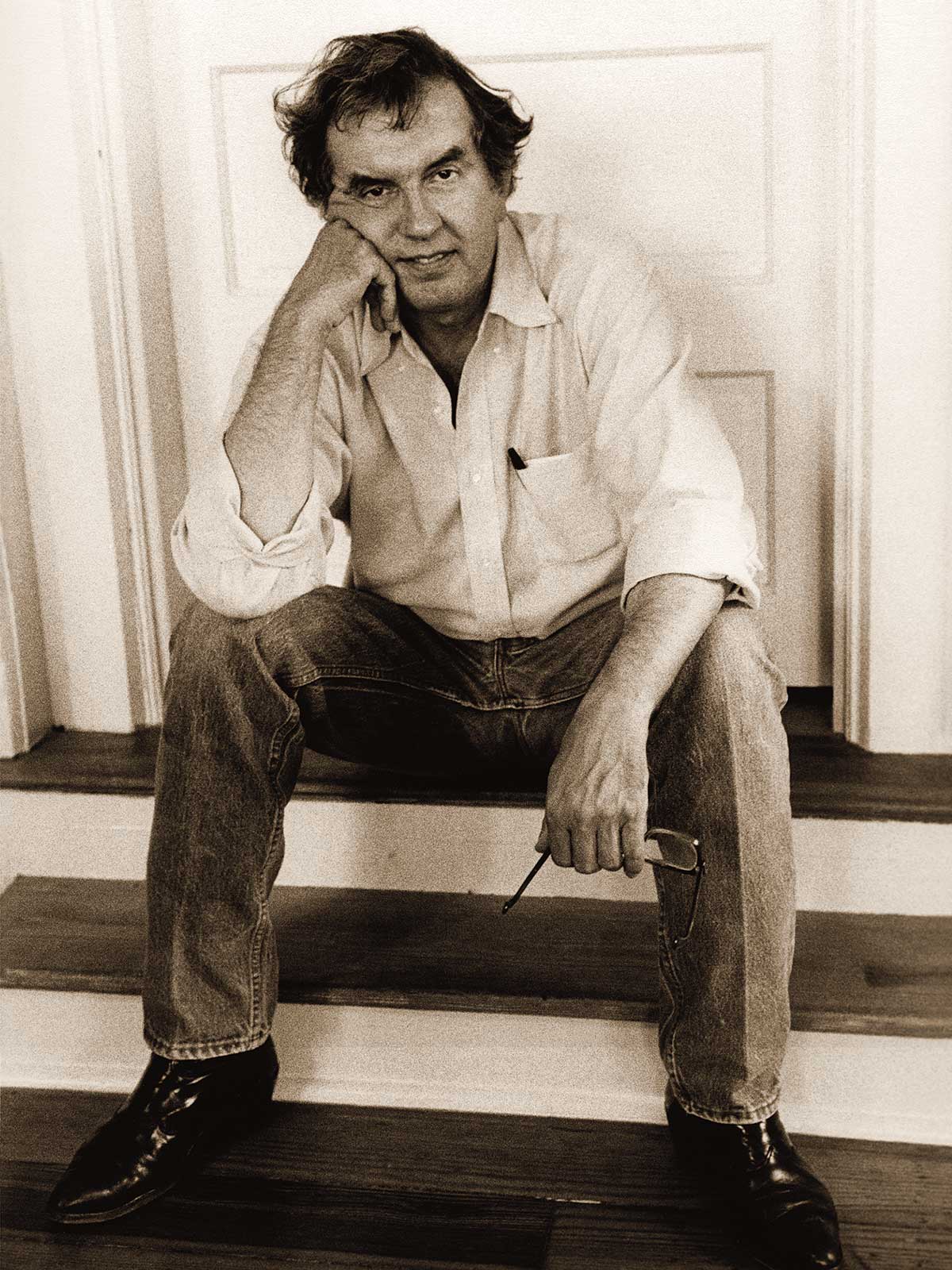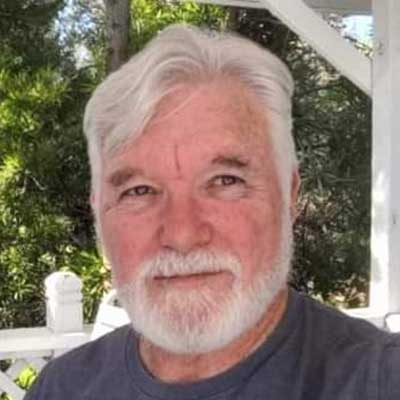Millions of copies of Larry McMurtry’s Lonesome Dove have sold since the novel was published in 1985. The miniseries that followed in 1989 was likewise immensely popular. McMurtry himself called it the Gone With the Wind of the West, but he never loved the book as much as his fans. “You know most writers come to dislike their most popular books,” he once told journalist John Spong. “Henry James hated Daisy Miller, which is what he is known by. He’s probably written 35 other books. I feel a little that way about Lonesome Dove.”
McMurtry said he never saw the miniseries. Maybe if he had, he would have better understood how endearingly Robert Duvall, Tommy Lee Jones and Diane Lane brought their characters to life. I can’t help but wonder if those characters were modeled after real-life Texans.
But McMurtry said that that wasn’t his aim. Though Woodrow Call has some attributes of Charles Goodnight, and Gus McCrae has some attributes of Oliver Loving, the novel’s main characters were not modeled after actual historical figures. McMurtry said the book is not meant to be a faithful history of the era but rather one that has echoes of those times.
In fact, he sought to authentically demythologize the life of the cowboy and show how brutally difficult their lives were. “The whole book is permeated with criticism of the Old West from start to finish,” he said.
Nonetheless, McMurtry acknowledged that somehow Call and McCrae became celebrated heroes. He said a lot of people “were nostalgic for the culture of the Old West, though it was a terrible culture.”
Bits of history did however make it into the book.
Listen as W.F. Strong Narrates This Story
Visit Texas Standard for more W.F. Strong stories (most of which are true).
One event in the actual lives of Goodnight and Loving that’s enlarged within the book is Loving’s death. Goodnight returned his body from Fort Sumner, New Mexico, to Weatherford. In the novel, Call takes McCrae’s body all the way from Montana to Texas, a much longer journey with far more drama.
Antagonist Blue Duck was a real Native American chief, but McMurtry said that was coincidental. He chose the name without realizing that, and that’s where the similarity stops. But the character’s death is without question similar to that of the Kiowa Chief Satanta, who killed himself while imprisoned.
The character Joshua Deets was inspired by Bose Ickard, a longtime friend of Goodnight. When Ickard died, Goodnight carved a fervent epitaph for him. McMurtry used quite similar words—and some of the exact ones—when Call carves an epitaph for Deets.
As we read on, we do encounter genuine historical figures, though their biographies are massaged—people like Judge Roy Bean, John Wesley Hardin and the ubiquitous Goodnight, who’s never very chatty and always on the move.
Near the end of the book, a reporter exclaims to Call that people are saying he’s a man of vision. He responds, “Yes, a hell of a vision.” The real Goodnight actually said this line in a similar circumstance, referring to all the tough times and horror he had seen as a Texas Ranger and frontier rancher.



